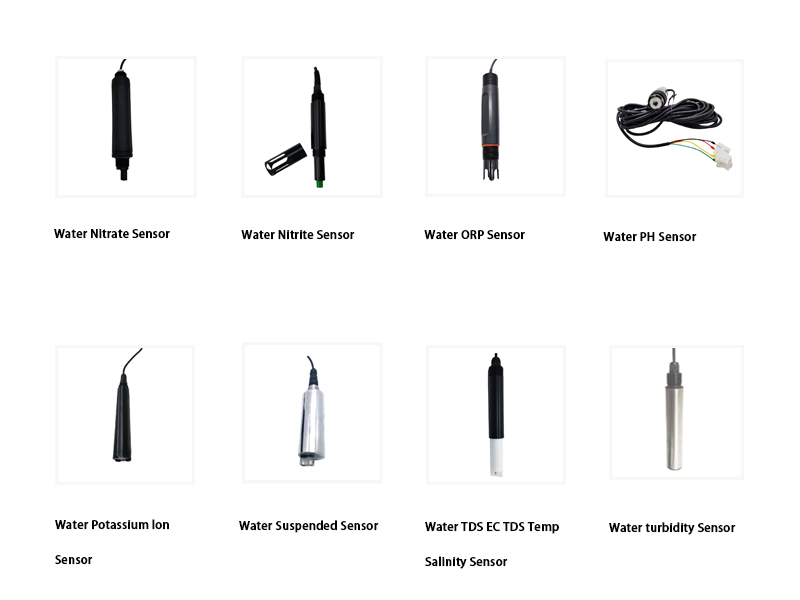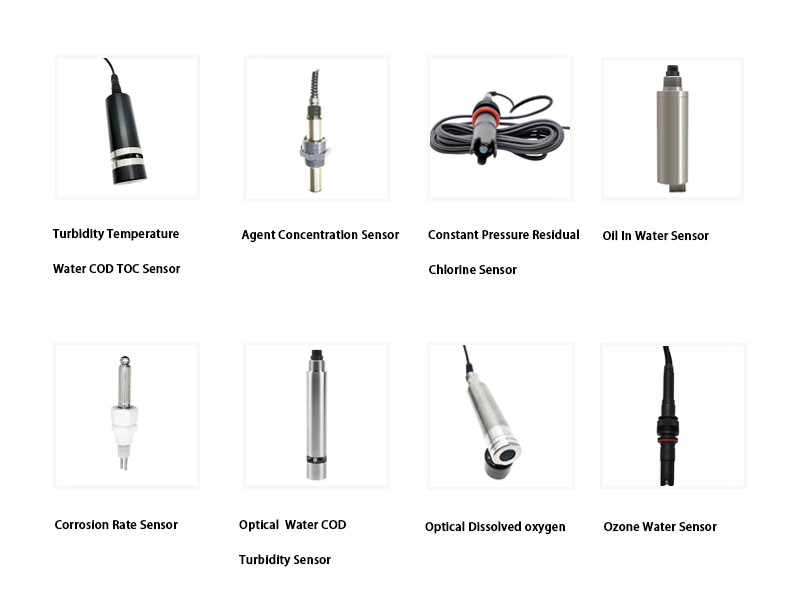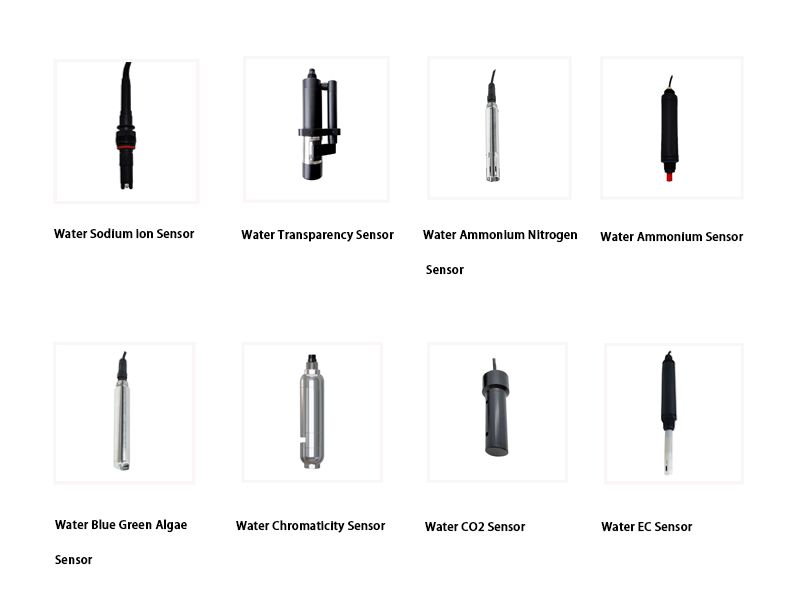Brussels, Belgium — December 29, 2024 — As water scarcity and contamination concerns escalate due to climate change and industrial pollution, European nations are increasingly turning to innovative technologies to monitor and improve water quality. Multi-parameter water quality sensors, capable of measuring a range of contaminants and parameters in real-time, are becoming essential tools for governments, environmental agencies, and private sector stakeholders across the continent.
The Importance of Multi-Parameter Sensors
Multi-parameter water quality sensors are advanced devices that can simultaneously measure various indicators such as:
- pH levels: Indicating acidity or alkalinity, which affects aquatic life and drinking water safety.
- Dissolved oxygen: Critical for aquatic organisms, low levels can signal algal blooms or pollution.
- Turbidity: Measurements indicate the presence of suspended particles, which can harbor pathogens.
- Conductivity: Reflecting the concentration of dissolved salts, it can indicate pollution levels.
- Nutrient concentrations: Key indicators including nitrogen, phosphorus, and ammonium, which can lead to eutrophication.
By providing a comprehensive overview of water quality in a single deployment, these sensors enable faster and more effective responses to potential environmental hazards.
Applications Across Europe
-
Rivers and Lakes Management:
Countries like Germany and France are employing multi-parameter sensors in their rivers and lakes to monitor water quality continuously. For instance, the Rhine River, which crosses several European nations, has seen extensive sensor deployments to gather data on nutrient levels and pollutants. This information helps manage water quality and responds quickly to pollution incidents, which is critical for preserving biodiversity and ensuring safe recreational water activities. -
Drinking Water Systems:
In urban areas across the UK and the Netherlands, multi-parameter sensors are being integrated into municipal water supply systems to ensure safe drinking water. These sensors monitor for contaminants and provide real-time data to water treatment facilities, enabling them to adjust processes and enhance safety protocols. Recent studies in London have indicated that these sensors have significantly reduced response times to contamination alerts, effectively safeguarding public health. -
Aquaculture:
As the aquaculture industry expands in Mediterranean countries like Spain and Italy, multi-parameter sensors are crucial for maintaining optimal water conditions for fish and shellfish farming. By constantly measuring oxygen levels, temperature, and salinity, these sensors help farmers manage ecosystems more sustainably and responsibly, mitigating risks associated with overfishing and habitat destruction. -
Stormwater Management:
European cities are increasingly implementing smart city initiatives to manage stormwater more effectively. Cities like Copenhagen and Amsterdam are deploying multi-parameter sensors in drainage systems to monitor runoff water quality. This proactive approach enables the identification of pollution sources and improves urban planning initiatives aimed at preventing flooding and protecting natural waterways. -
Environmental Research:
Research institutions across Europe are leveraging multi-parameter sensors for extensive environmental studies. In Scandinavian countries, scientists studying the impacts of climate change on freshwater ecosystems are using these sensors for long-term data collection. The ability to gather and analyze real-time data supports groundbreaking research on biodiversity loss and ecosystem health.
Challenges and Future Directions
While the adoption of multi-parameter sensors is on the rise, challenges remain. The initial costs of these advanced technologies can be prohibitive for smaller municipalities and organizations. Additionally, ensuring data accuracy and sensor maintenance is essential for reliable monitoring.
To overcome these barriers, several European Union initiatives are promoting collaboration between public and private sectors to enhance technological access and affordability. Research and development funding aims to foster innovation that leads to more cost-effective solutions.
Conclusion
The integration of multi-parameter water quality sensors represents a significant advancement in Europe’s efforts to manage and protect water resources. By providing real-time, comprehensive data on water quality, these sensors are enhancing public health, preserving ecosystems, and promoting sustainable practices. As European nations continue to prioritize environmental health in the face of growing challenges, the role of advanced water quality monitoring technologies will only become more critical in the years to come.
Post time: Dec-30-2024




